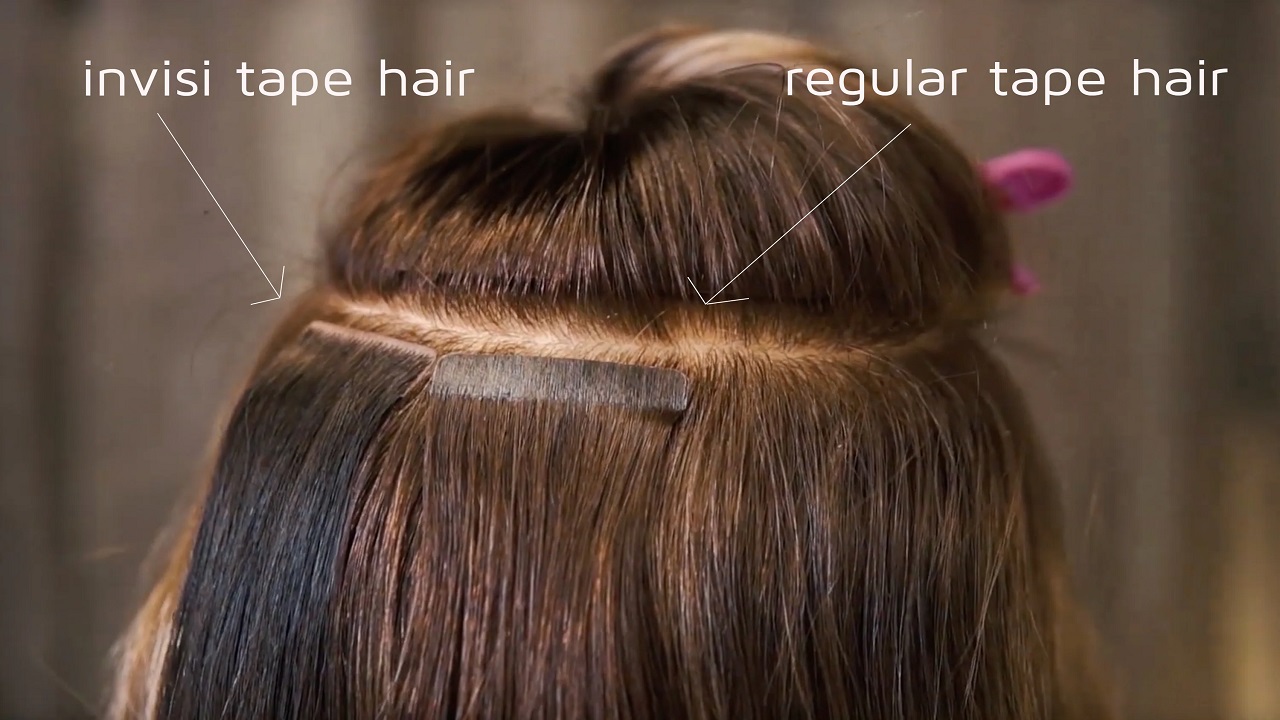Extensions are now a well-known answer to people’s desire for hair volume and length. Tape-in extension is one of the many types of these extensions and is preferred by many due to the simplicity of the method and its natural look. However, there is a variation in the subtypes; the normal tape-ins and the invisible tape-in extensions that are relatively newer in the market. To explore more about tape-in extensions, click here for more info by visiting the link.
Traditional Tape-In Extensions
Tape-in extensions are the most familiar technique in the field of hair enhancements among various available ones. They entail fixing wefts of hair on your natural hair by use of a special adhesive tape. The application of the extensions is not very time-consuming and normally takes about an hour and the extensions tend to last for about six to eight weeks depending on the care taken.
Advantages:
Quick Installation: The procedure of applying is simple, and it does not take a long time to complete it.
Reusable: However, the traditional varieties of tape-in extensions can be reused making it cheaper once you have maintained them properly.
Natural Look: As for the application, they look perfectly natural when worn with natural hair and look very full and natural.
Disadvantages:
Visibility: In some cases, the tape can be easily seen especially where the hair is thin or fine in texture.
Maintenance: The extensions must be maintained often so that they do not appear old and so that there is no build-up of adhesive on the hair.
Invisible Tape-In Extensions
Tape-in extensions, particularly the invisible ones, are a relatively new product that aims to solve some of the issues with the older type of extensions. These extensions are constructed to have the hair strands directly knotted onto the weft and this makes it resemble hair that grows from the scalp. This design ensures that the tape appears almost invisible hence achieving a perfect blend in the outfit that it is applied on.
Advantages:
Undetectable: Thus, this kind of tape-in extensions is called invisible because after applying them, they are barely noticeable, especially if you have thin or fine hair.
Natural Appearance: Integration at the head reduces any awkward appearance of the unit hence making it blend with your hair in a better way.
No Damage: The use of lightweight and flexibility hence minimizes the damage that can be caused to the natural hair.
Disadvantages:
Cost: Tape-in extensions that are invisible are more costly than the traditional ones as they are designed and made with superior materials.
Application Time: Despite this, installation is still reasonably fast, but the application might take slightly longer than the usual tape-in extensions because of the unique method used to ensure proper blending.
Which One is Suitable for You?
Again, the decision between invisible tape-in extensions and normal tape-ins depends much on the type of hair and the client. Those who have thin or fine hair and who want a look that is as natural as possible are most likely going to benefit from it the most, namely from the invisible tape-ins. However, if you are seeking something that is not very expensive and yet promises a big jump in volume and length, then the more conventional tape-ins can be used.
Conclusion
The main distinction between the invisible and the tape-in hairstyles is that the former is not as obvious as the latter, however, both kinds are capable of making a radical change in your hair. Thus, knowing the differences, you can choose one type that will meet your requirements and provide the expected appearance without much effort and stress.


